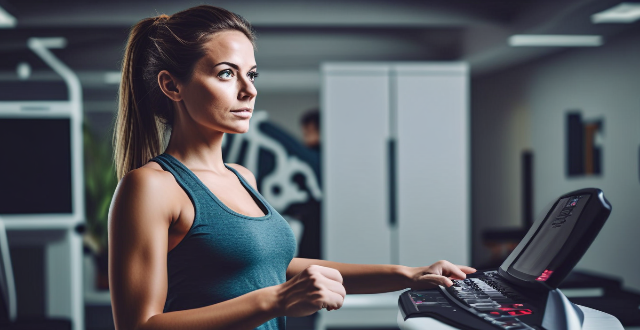Kinetics is a key aspect of sports biomechanics, focusing on forces and motions in physical activity. It aids in understanding how athletes generate power, control movements, and enhance performance. Key points include force analysis (internal and external), energy considerations (potential, kinetic, work, and power), movement efficiency (mechanical advantage, joint reaction forces, ground reaction forces), injury prevention and rehabilitation (overuse and traumatic injuries, rehab programs), and performance optimization (technique analysis, equipment design, training methods). Overall, kinetics helps coaches, athletes, and researchers make informed decisions about training, equipment, and technique to achieve safe and effective goals.

Role of Kinetics in Sports Biomechanics
Kinetics is an essential aspect of sports biomechanics, as it deals with the forces and motions that occur during physical activity. In this context, kinetics helps to understand how athletes generate power, control their movements, and optimize their performance. Here are some key points on the role of kinetics in sports biomechanics:
Force Analysis
- Internal Forces: These include muscle contractions and joint reactions that act within the body.
- External Forces: These involve interactions with the environment, such as gravity, friction, and air resistance.
Energy Considerations
- Potential Energy: Stored energy due to height or position.
- Kinetic Energy: Energy of moving objects based on mass and velocity.
- Work and Power: The amount of work done on an object and the rate at which work is performed.
Movement Efficiency
- Mechanical Advantage: The ratio of output force to input force in a muscle group.
- Joint Reaction Forces: Forces experienced by joints during movement.
- Ground Reaction Forces: Forces exerted by the ground on an athlete's body.
Injury Prevention and Rehabilitation
- Overuse Injuries: Caused by repetitive stress without sufficient recovery time.
- Traumatic Injuries: Resulting from a single event, such as a fall or collision.
- Rehabilitation Programs: Designed to restore function and prevent future injuries.
Performance Optimization
- Technique Analysis: Studying the mechanics of specific skills or movements.
- Equipment Design: Creating gear that enhances performance while minimizing injury risk.
- Training Methods: Developing strategies to improve strength, speed, endurance, and flexibility.
In summary, kinetics plays a crucial role in sports biomechanics by helping coaches, athletes, and researchers understand the complex interactions between forces, energy transfer, movement efficiency, injury prevention, and performance optimization. By applying principles of kinetics, individuals can make informed decisions about training programs, equipment choices, and technique modifications to achieve their goals safely and effectively.